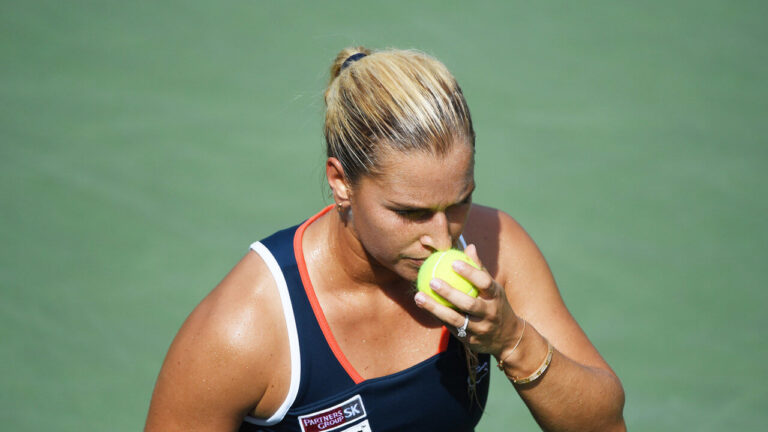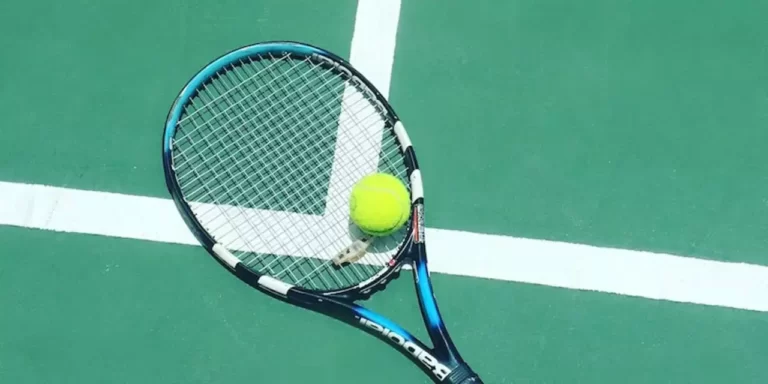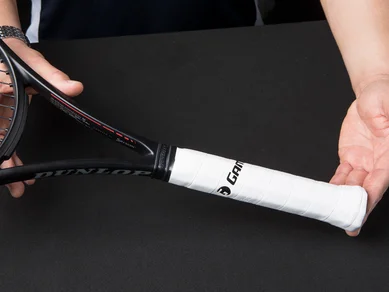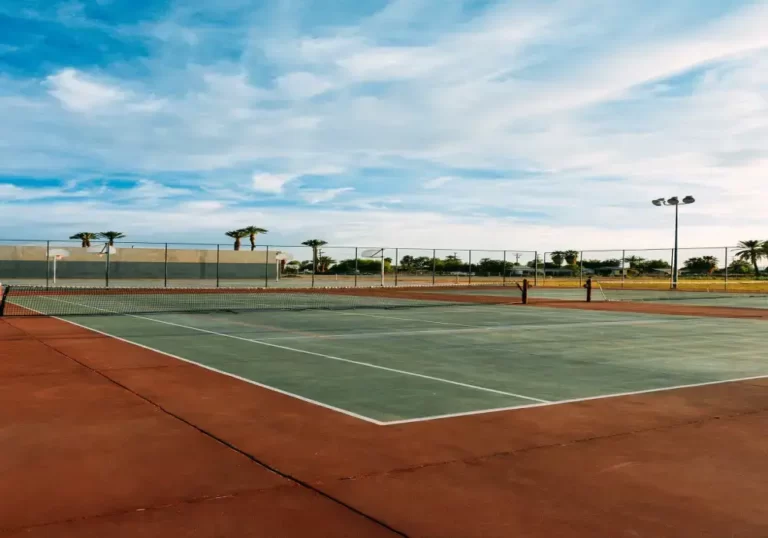Do Tennis Players Jump When Serving? (But Why)
In the world of tennis, serving is a critical aspect of the game that can often dictate the outcome of a match. With numerous serving techniques available to players, one technique that has sparked curiosity among fans and players alike is the jump serve.
Beginners frequently asked me do tennis players jump when serving? Can they? Is it legal?
Yes, tennis players jump when serving because it increases reach and downward force, allowing for more powerful and difficult-to-return serves.
Incorporating a jump serve provides more variety and tactical advantages, leading to increased confidence and a higher chance of winning. In terms of legality, jump serving is allowed as long as it doesn’t violate any other serving rules.
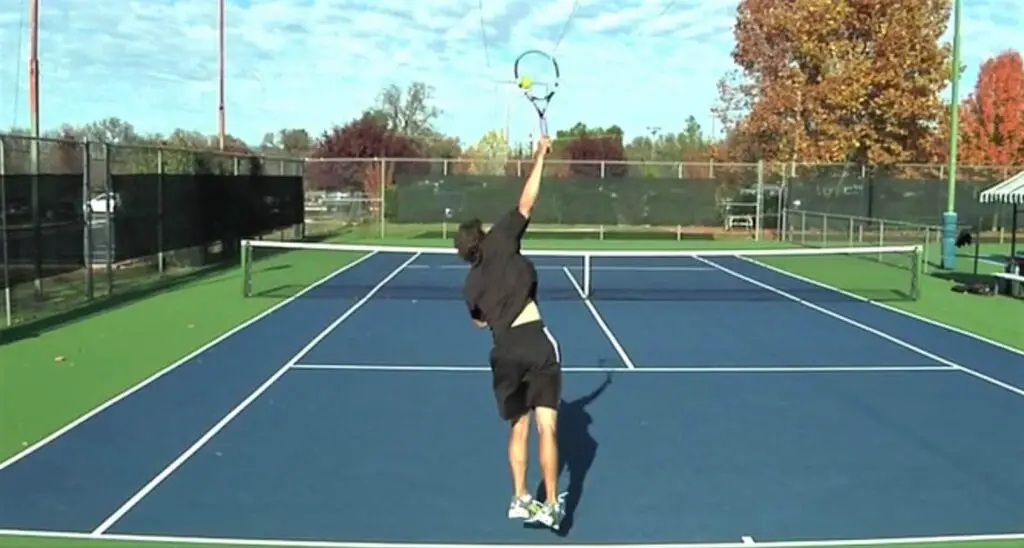
In this article, we will look at the legality and rules of jump serving in tennis, the reasons why some players opt for it, and some don’t, and the potential benefits it offers to those who master this technique.
Understanding the intricacies of the jump serve can provide valuable insights into the sport, highlighting the importance of adaptability, power, and variety in a player’s serving arsenal.
Rules and Legality of Jump Serving in Tennis
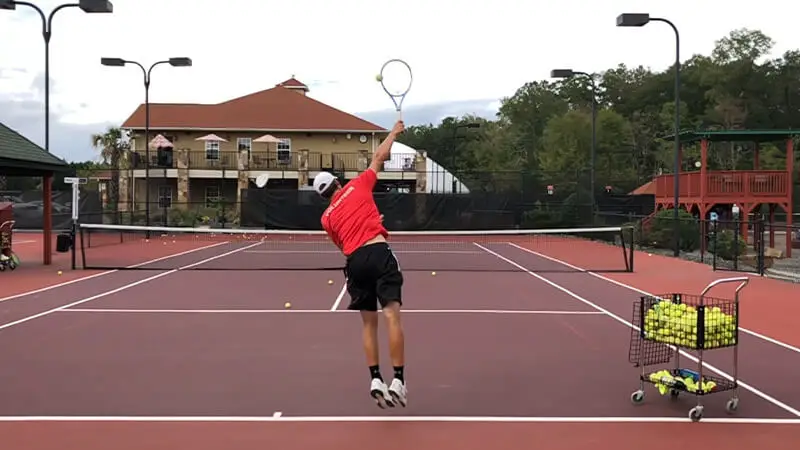
There is no rule in tennis that prohibits players from jumping when serving. The International Tennis Federation (ITF) rules only address jumping in the context of crossing over to the opponent’s side of the court during play, which is not allowed.
Therefore, players are free to jump while serving, provided they do not violate any other serving rules.
Foot Fault Considerations
While there is no rule in tennis that specifically prohibits players from jumping when serving, it is crucial to be aware of the foot fault rules that apply during the serve.
These rules ensure fair play and maintain the integrity of the game. When executing a jump serve, the following points must be taken into account:
Baseline and court contact
Neither the baseline nor the court must be touched by the server before contact is made with the ball. No matter whether the player jumps during the serve, this rule applies.
Grounded foot
At least one foot must be touching the ground when initiating the serve. Jumping with both feet in the air is not allowed and will result in a foot fault.
Rules and Jumping in Tennis – Specific Scenarios
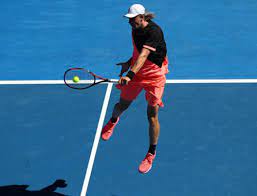
Serving
Jumping is allowed during the serve as long as it does not violate any foot fault rules. Jump serves allow players to generate more power and speed, so their opponent will have a harder time returning the ball.
Groundstrokes
Jumping is also allowed when executing groundstrokes. Players can use the jump to create additional power, spin, or angles on their shots, making them more challenging for their opponents to handle.
Net Play
Jumping is permitted during net play, such as when executing volleys or overhead smashes. Players may use the jump to reach higher balls or add extra power to their shots.
Over the Net
Jumping over the net is not allowed in tennis. Players must not cross over to their opponent’s side of the court during play, as it is considered a violation of the rules. This applies to both singles and doubles matches.
Why Don’t Some Tennis Players Jump When Serving?
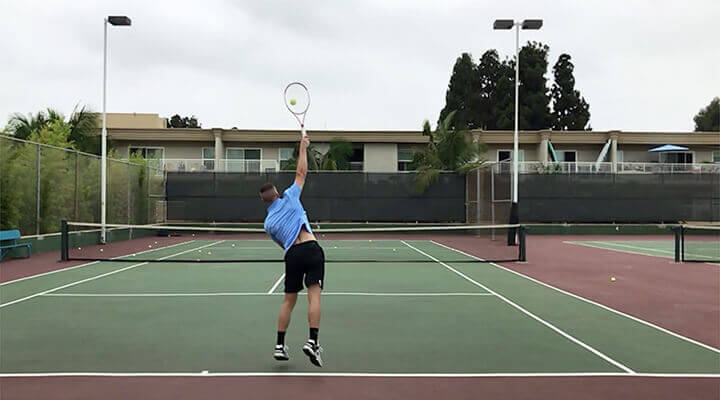
Despite the potential benefits of the jump serve, not all players choose to adopt this technique. This may be due to a number of reasons:
Coordination and Timing Challenges
The jump serve requires precise coordination and timing, which can be difficult for some players to master. In addition, beginners and intermediate players may not yet have the necessary skills and confidence to execute a jump serve effectively.
Loss of Control
Some players may feel that they have more control over their serve when their feet are planted on the ground, as they can focus on the racket’s direction and the ball’s trajectory without worrying about maintaining balance during a jump.
Individual Playing Style
Every player has a unique playing style, and some may find that a jump serve doesn’t suit their game or provide a significant advantage.
The Benefits of Incorporating a Jump Serve into Your Game

For those who can master the technique, the jump serve offers several advantages:
Increased Reach
Maximizing Serve Height
One of the key benefits of incorporating a jump serve into your game is the increased reach it provides. Jumping allows players to make contact with the ball at a higher point than they would by using a standing serve.
This enables them to generate a more aggressive angle on their serve, as the ball trajectory will be steeper and harder for opponents to return.
Additionally, making contact at a higher point means that the ball will clear the net more easily, reducing the risk of service errors.
Applying Downward Force
The increased reach provided by the jump serve also allows players to apply additional downward force on the serve. This force creates a more difficult trajectory for opponents to handle, as it forces them to react quickly to a fast, downward-moving ball.
This can lead to more service aces and weak returns from the opposing team, providing a competitive advantage on the court.
More Powerful Serves
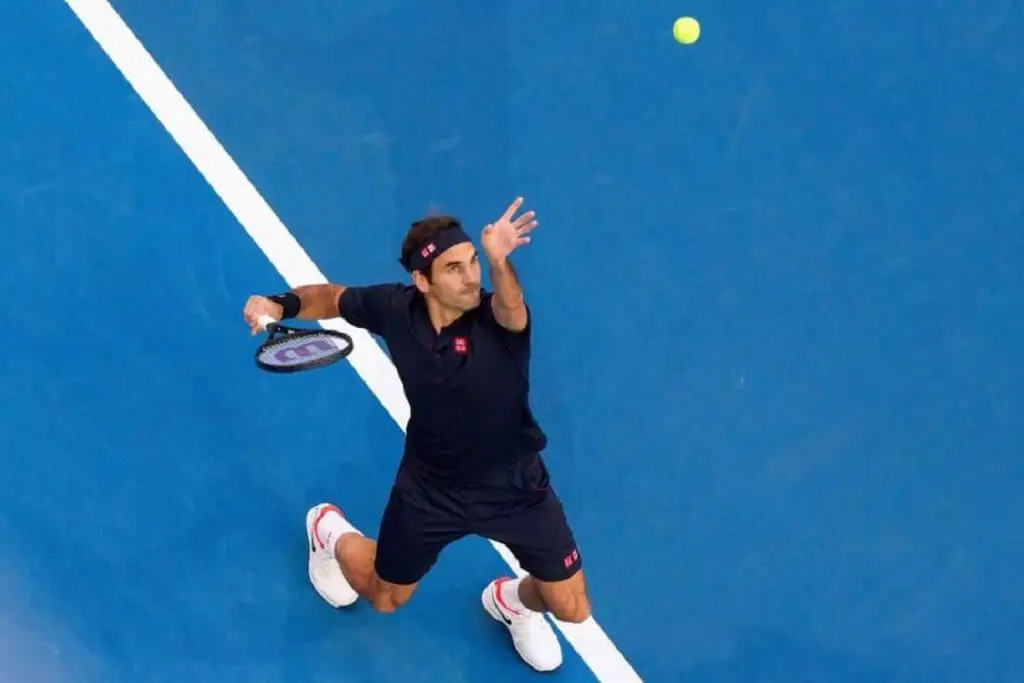
Generating Speed and Power
By capitalizing on the increased reach and steeper angle provided by a jump serve, players can generate more power and speed on their serves.
This additional power makes it harder for opponents to return the serve, as they have less time to react and position themselves for an effective return. This often results in weaker returns or outright service aces, providing a significant advantage for the server’s team.
Dominating the Game
A powerful jump serve can be a game-changer, allowing a player to control the pace and flow of the match. By consistently delivering strong serves, a player can put pressure on the opposing team and create scoring opportunities for their own team.
This dominance can lead to increased confidence on the court and a higher overall performance level.
Greater Variety
Expanding Your Serving Arsenal
Incorporating a jump serve into your game not only adds power and reach to your serves but also provides more variety in your serving arsenal. This variety forces opponents to adapt to different types of serves, making it more difficult for them to anticipate and effectively return the ball.
The ability to switch between jump serves and other serving techniques can keep opponents guessing and off-balance, increasing the likelihood of scoring points off your serves.
Enhancing Tactical Strategies
A diverse serving repertoire can also enhance your overall tactical strategies on the court. By varying your serves, you can exploit weaknesses in your opponents’ reception and force them into unfavorable positions.
This tactical advantage can lead to more breakpoints and opportunities for your team to score, ultimately increasing your chances of winning the match.
Conclusion
Incorporating a jump serve in tennis can offer increased reach, power, and variety when executed within ITF rules. Despite potential coordination, timing, and control challenges, it can be a valuable asset for players who master it.
In the end, the decision to use a jump serve will depend on each player’s unique skills, preferences, and strategic goals.
Sources
- https://tennishold.com/tennis-players-jump-serve/
- https://www.quora.com/Why-do-tennis-players-jump-when-they-hit-the-ball
- https://www.tacticaltennis.com/serving-mechanics-the-jump/
- https://tt.tennis-warehouse.com/index.php?threads/serve-jump-no-jump.580755/
related Posts
Why Do Tennis Players Take 3 Balls? The Actual Reason
Are Tennis Players Good At Ping Pong? Sharing My Experience

